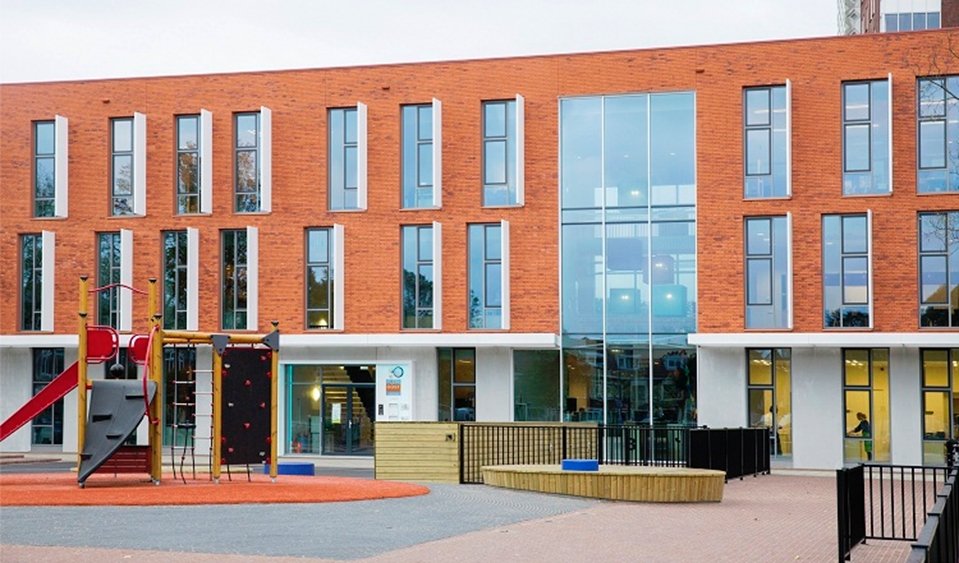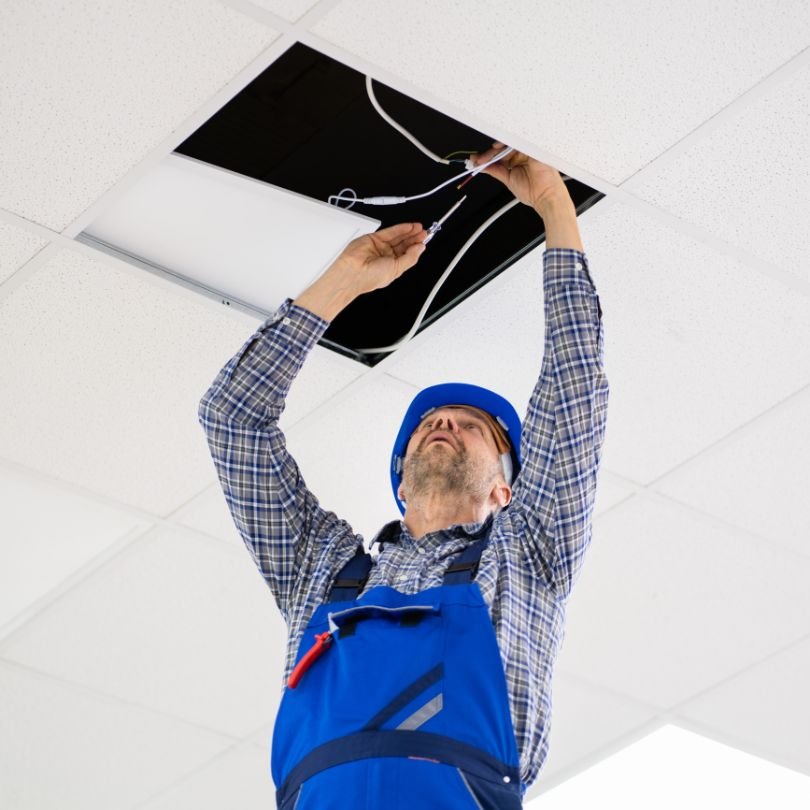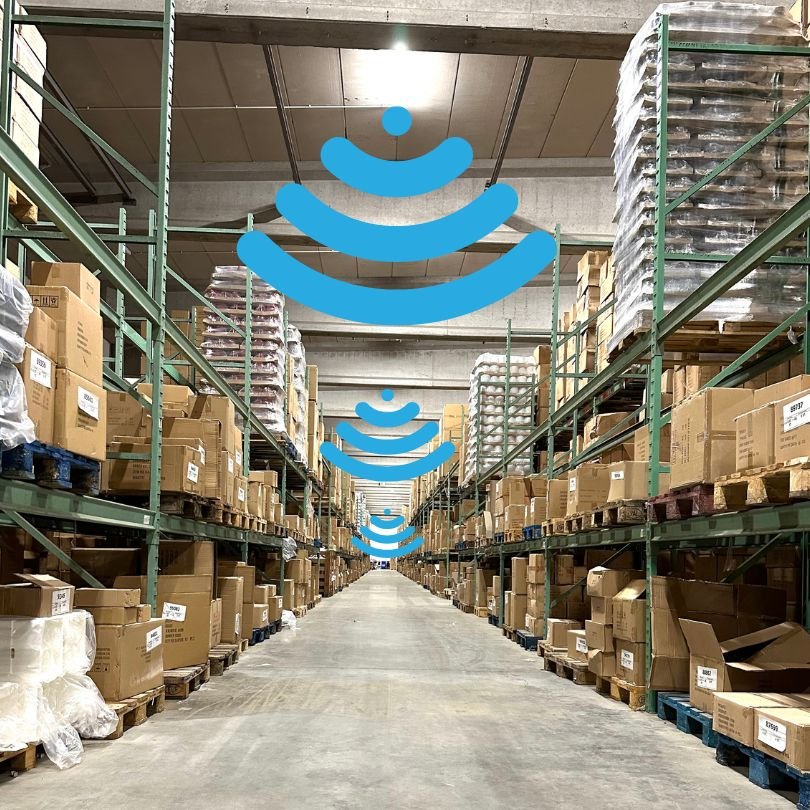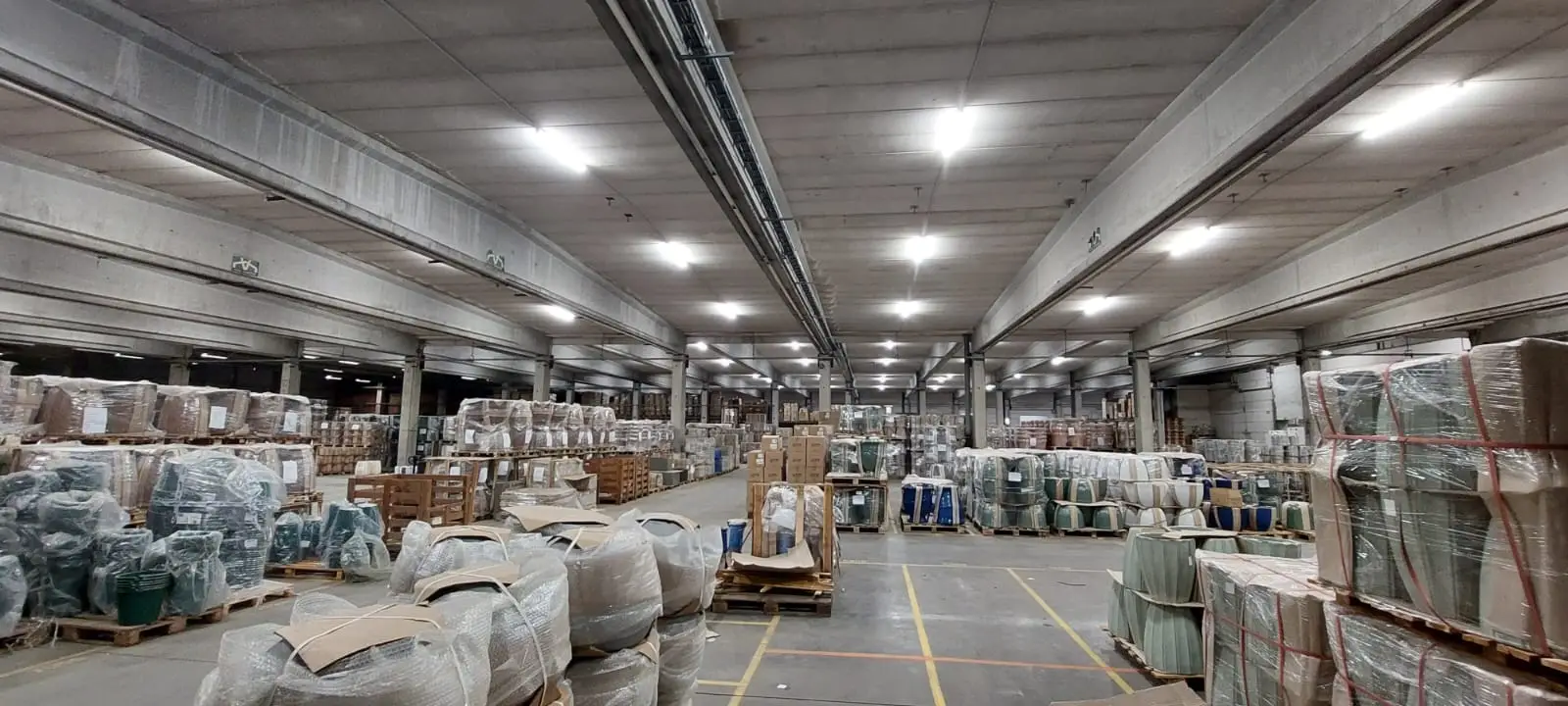Lighting in industrial environments plays a crucial role in the productivity, safety and sustainability of your business. With technological advances in recent years, LED lighting has become one of the most efficient solutions on the market. If you are considering making the switch, here are five benefits of industrial LED lighting that you should not overlook.
1. Maximum energy savings
LED lighting is the champion of energy efficiency. With a 70 % lower energy consumption compared to traditional lamps, you can save significantly on your energy bills. LED is a logical choice for companies in sectors such as industry, manufacturing and logistics, where lighting is often responsible for 50 % of total energy consumption. In absolute terms, this can save thousands of euros per year, depending on the size of the installation. In schools and sports halls, this can even Up to 70 %.
Moreover, the investment pays for itself back within 3 years on average and so we can talk about A return on investment between 20 and 35 % speak. For example, an investment of €10,000 can already yield €2,000 to €3,500 per year in energy savings, depending on the size and use of the installation. In addition, LED lighting also reduces CO2 emissions, which is crucial For companies that want to commit to sustainability.

Case study
One school is replacing 350 fluorescent fixtures (145W each) with full 40W LED fixtures.
Annual energy consumption drops from 100 MW to 27 MW, a savings of 73 MW or €25,500 per year.
Additional benefits:
- Consistent light quality without flicker. Reduced eye strain and headaches for students and staff working for hours in classrooms.
- Better lighting leads to a quieter and more pleasant learning environment.
- Much less maintenance thanks to the longer life of LED fixtures.

2. Maintenance is a thing of the past
With a lifetime of Average of 70,000 hours of burning, or 25 years, you hardly need any maintenance. This is in contrast to traditional lighting, which only lasts 2 to 3 years and needs to be replaced each time, causing operational failures and quickly increasing maintenance costs.
LED fixtures not only offer a longer lifespan, but are also more reliable. Defects are rare and provide consistency in your working environment. Less frequent replacements reduce the burden on your facility management, freeing up time and resources for other priorities. In large industrial facilities, this can save thousands of dollars annually in labor costs.

3. Smart lighting for added efficiency
Smartly control your new LED lighting with motion sensors and daylight detectors and leave your lights on only where and when they are needed. This allows you to save an additional 15 %. Think of warehouses with daylight streets where LED lighting can remain on standby at dormant level and only switch on at full brightness in case of movement and insufficient light from outside.
Smart lighting can be integrated into broader building management systems, such as climate control and security, increasing your overall operational efficiency. For example, a system such as KNX can work seamlessly with your smart lighting to centrally manage and optimize all lighting, heating and security.

4. Take advantage of subsidies until the end of 2025
Companies located in buildings constructed before 2009 may be eligible for the Flemish relighting premium. This subsidy, calculated on the basis of a lighting study, can amount to a maximum of 20,000 euros per project. More information can be found on the website of Fluvius.
Choose a reliable partner who can provide the necessary ENEC certificates and submit and follow up on the grant file for you. This premium represents an additional government rebate on your investment of 15 % to 20 %.

5. Increase safety and productivity
The right LED lighting solution complies with the NEN-EN 12464-1 standard, which prescribes the optimal light output for different workplaces. Well-lit areas reduce fatigue, headaches and other complaints, allowing your employees to work more safely and productively. LED lighting provides flicker-free light, which reduces eye strain and improves concentration. This is especially important in environments where precision is required, such as manufacturing and laboratories.
In addition, color temperatures of LED lights can be adjusted to meet the needs of specific workplaces, ranging from bright white light for a stimulating atmosphere to warmer light for relaxation areas.
Research shows That occupational accidents and absenteeism fell by 22 % in SMEs that installed LED lighting. (Source: University of Twente - Absenteeism at Philips Lighting 2017.)

Conclusion
One of the biggest advantages of LED lighting is its versatility. From dimmable lighting to different color temperatures and specialized designs for harsh conditions, LED lighting can be fully customized to meet specific needs. This makes it an ideal choice for diverse industrial applications, such as warehouses, production lines and outdoor locations. The ability to adapt lighting to the environment not only increases functionality but also contributes to a pleasant and efficient working environment. In addition, the flexibility of LED lighting allows for consistent appearance and illumination, improving both aesthetics and practicality.
Take action today for a better future.
LED lighting is more than an upgrade; it's a transformation for your business. Contact us for a free consultation and find out how we can dramatically reduce your energy consumption and costs.

